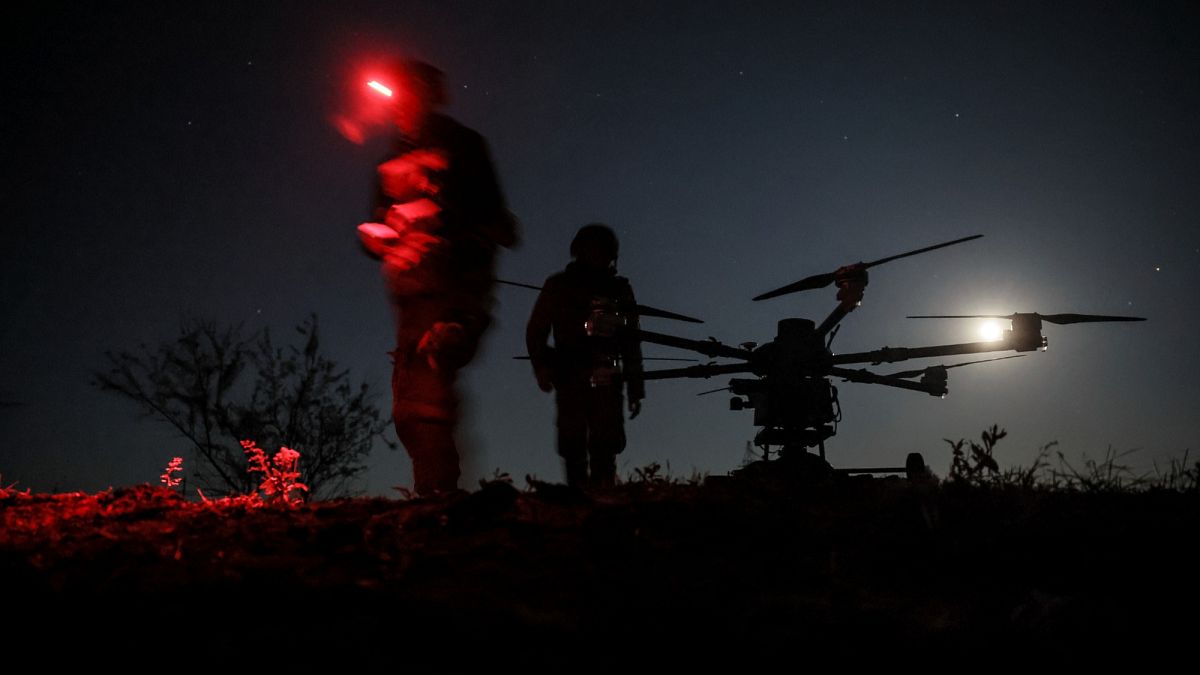

The world continues to navigate a complex tapestry of conflicts, challenges, and opportunities, as recent events highlight the ongoing dynamics in regions such as Ukraine, Syria, and Gaza. Each area reflects unique struggles and collaborations that underscore the fragile nature of peace and the hope for constructive resolutions.
In Ukraine, President Volodymyr Zelenskyy has announced a strategic boost to domestic arms production. This move aims to counter the persistent pressure from Russian forces, as uncertainty lingers over the future of international support. With Western nations witnessing shifting priorities, Kyiv’s focus on self-reliance symbolizes a broader ambition to fortify national security while embracing innovation from within its borders. This approach not only showcases Ukraine’s resilience but also reflects a strategic adaptation to evolving geopolitical landscapes.
Meanwhile, the conflict in southern Syria underscores the intricate web of alliances and rivalries shaping the Middle East. The Syrian province of Sweida recently witnessed the withdrawal of military forces following a ceasefire agreement with local Druze militias. The temporary halt to hostilities brings a reprieve to a region strained by sectarian tensions. However, the underlying discord remains palpable, with clashes threatening to unravel recent political progress. This delicate situation is compounded by Israeli interventions, which highlight the complex external influences that continue to impact regional dynamics.
The repercussions of conflict extend into Gaza, where a recent Israeli strike on a Catholic church resulted in the tragic loss of life and injury. The attack has prompted formal apologies and launched investigations, eliciting international concern and calls for restraint. This incident illustrates the ongoing humanitarian challenges within conflict zones, where even places of worship find themselves caught in the crossfire. The global community, including leaders such as Pope Leo, have reiterated the need for renewed ceasefire efforts, emphasizing peace not as a mere absence of war, but as a holistic reconciliation process.
Elsewhere in Syria, the cycle of violence persists as recent engagements between tribal fighters and government forces in Sweida have reignited tensions. The latest conflicts have led to significant casualties, underscoring the volatility that continues to challenge peace efforts. Israeli airstrikes targeting Syrian strategic positions further amplify the regional complexities, reinforcing the intricate geopolitical theater where international and local actors entwine their narratives.
Despite these challenges, glimmers of hope emerge through community resilience and diplomatic overtures. The ceasefire established between Syrian Druze militias and the government provides a foundation for potential dialogue and constructive engagement. It represents a tentative step towards long-term stability, although sustainable peace requires addressing root causes and engaging all stakeholders in an inclusive manner.
As these regions navigate their respective challenges, they remind the global audience of the ongoing quest for peace and stability. The interplay of local initiatives, international collaboration, and strategic autonomy reflects a landscape where solutions must balance immediate needs with visionary foresight. Through mindful engagement and dedicated efforts, the road to peace becomes navigable, reminding us of the power of human resilience and the art of diplomacy.
The international community continues to underscore its commitment to peace, encouraging all parties involved to pursue dialogue over discord, collaboration over conflict, and healing over hostility. In this interconnected world, the journey towards global harmony remains a shared responsibility, continuously evolving with each step taken towards understanding and empathy.
Source: {link}
